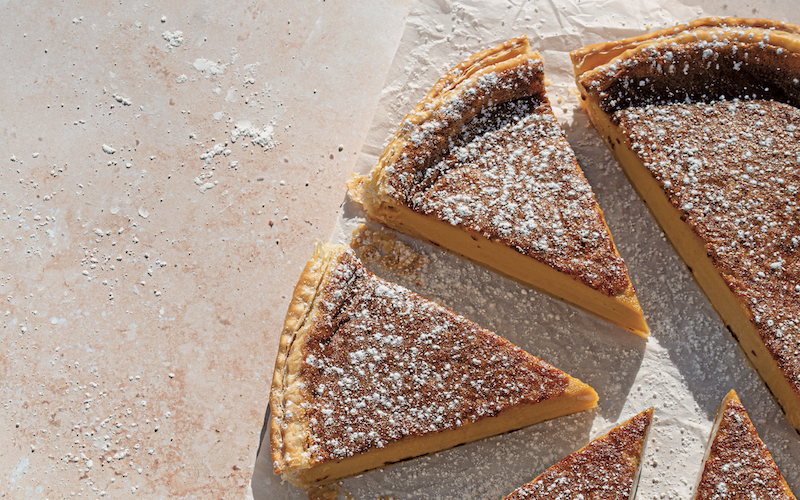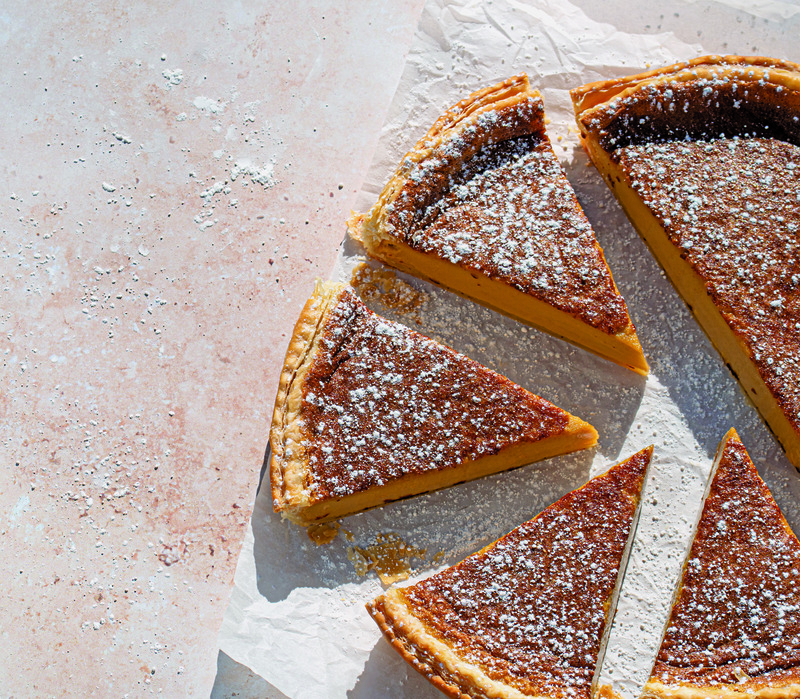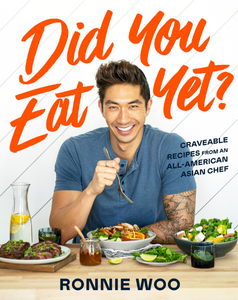
When you think of “authentic food,” what comes to mind? Ethnic food? Exotic ingredients? People of color? Whatever it may be, the truth is that the word as it relates to food is meaningless. And let me tell you why.
The debate over authenticity in food really comes down to how you define the word “authentic.” The word is often used to describe something that’s either fake or genuine, such as a brand name handbag or a pair of shoes, but in the case of food it doesn’t really apply (unless it’s plastic).
If every time we saw the words “authentic food” and replaced it with the word “traditional,” the sentence itself would probably be much less controversial. But even thinking of “traditional food” doesn’t maintain the intended meaning. I can guarantee that every time a recipe has been passed down to the next generation, changes were made.
Authenticity is simply a buzzword that some people have adopted as a way to declare that they are the real food-lovers and are somehow better than you based on what they perceive to be “real.”
I could care less if something is authentic, or even traditional for that matter – I just care that it’s delicious. My goal as a chef and cookbook author is to share the food I love with as many people as possible. My main objective is to create dishes that bring pleasure and satisfaction to those who taste them. The way I see it is, if it makes me happy, it’s bound to make others happy as well, so why not try to share a little bit of that joy with others? The beauty of having the privilege of eating food for pleasure is that we all are, and should be, allowed to mix and match whatever we want with reckless abandon. To me, the kitchen has no rules.
As long as a dish is authentic to the individual who prepared it, then it is authentic. Instead of the word being used as a passive aggressive weapon, it’s a genuine compliment to the individual and a respectable form of praise. In my new cookbook, Did You Eat Yet?, I offer a “bastardized” version of those extremely delicious classic Hong Kong style egg tarts, partly because I don’t actually live that close to a good dim sum restaurant, but more importantly, my version brings me back to all the times that I got to enjoy dim sum with my family.
Funny enough, there are numerous times where I actually like my interpretation of a traditional recipe more simply because I got to make it my own. Take my spicy almond pesto udon recipe, where I make a spicy version of a traditional Italian sauce and pair it with thick chewy noodles that are typically found in Japanese cuisine. Is this dish traditional? Absolutely not, but it sure is authentic to me (and, I should mention, absolutely delectable).
While the line that differentiates appropriation and inspiration is not always crystal clear, it is important to not to erase the history or people from which a dish originated from. My recipes draw on what I grew up eating and enjoy to this day. There’s a subtle expectation that I, as an Asian American, have to prepare traditional Asian food, but I just don’t agree with that sentiment. I believe my recipes honor the individuals and culture that came before me because I know and recognize that they were integral to the food that I create today.
At best, authenticity in food is subjective because no single individual or society can define what it is. If everyone stopped viewing cuisine and culture from a stagnant perspective, paid more attention to the deeply rich experiences of cooks (and people) of color, and appreciated all culinary interpretations simply for what they are, the experience of eating could just be fun and delicious. And that’s exactly what I think it should be.
*
One of my favorite ways to end an afternoon of dim sum is with an order of Hong Kong–style egg tarts, also known as “dan tat” in Cantonese.
These delectable little treats are usually found in the form of small-to-medium tartlets at dim sum restaurants or Chinese bakeries, but unless you’re a professional baker, making them can be a pain in the booty cheeks. That’s why my totally bastardized version calls for making a single large tart, resulting in a much easier, one-and-done baking experience.
While classic dan tat is a bright, glossy yellow, my version emerges from the oven a beautiful, caramelized golden brown, which is a direct result of blending the batter with brown sugar until it’s light and frothy. My recipe might cut some corners compared to the traditional version, but it sacrifices nothing in terms of texture or flavor. The custard is rich and silky smooth with subtle hints of caramel, while the shortcut puff pastry crust is enhanced with a brush of melted salted butter, making it akin to homemade pastry.
While it may look different than the traditional dan tat, this version, as I’m reminded after one bite, is actually better… and because it’s so easy to make, I can enjoy it whenever I want.

Gather the ingredients:
Cooking Spray
1 10×10-inch sheet frozen puff pastry, thawed in the fridge overnight
¾ cup evaporated milk
¾ cup of cold water
½ cup packed light brown sugar
1 teaspoon pure vanilla extract
⅛ teaspoon kosher salt
3 large eggs
1 large egg yolk
2 tablespoons salted butter, melted
Powdered sugar, for dusting
Prepare the crust:
Position a rack in the center of the oven and preheat the oven to 375°F. Grease a 9-inch fluted tart pan (preferably with a removable bottom) with cooking spray. Lay the puff pastry on a large piece of parchment paper and, using a rolling pin, flatten until large enough to cut out an 11-inch round.
Using a sharp knife, cut the puff pastry into an 11-inch round and carefully invert it into the tart pan. Peel off the parchment paper and gently press the puff pastry into the pan, making sure to leave a ½-inch overhang on the edges (as the dough will slightly shrink during baking). Transfer to the fridge to chill for at least 10 minutes, or until needed.
Make the filling:
In a blender, add the evaporated milk, cold water, brown sugar, vanilla, salt, eggs, and egg yolk. Blend until frothy and the sugar has dissolved, 30 to 45 seconds. Place the chilled puff pastry–lined tart pan on a large rimmed baking sheet (this will make it easier to transfer to the oven) and carefully pour the filling (including the froth) into the tart pan about three-quarters of the way up.
Bake the tart:
Carefully transfer the tart pan to the oven and bake until dark golden brown on top and the filling is set, 35 to 40 minutes (it will still jiggle ever so slightly). Brush the crust with melted salted butter and cool for 10 to 15 minutes before slicing. Dust with powdered sugar and serve warm.
Storage:
Cover any remaining egg tart with plastic wrap and refrigerate for up to 3 days (it’s just as delicious when cold!).
Serves 8.
__________________________________

From Did You Eat Yet? by Ronnie Woo. Copyright © 2023 by Ronald Chi Woo. Reprinted by permission of Harvest, an imprint of HarperCollins Publishers.

